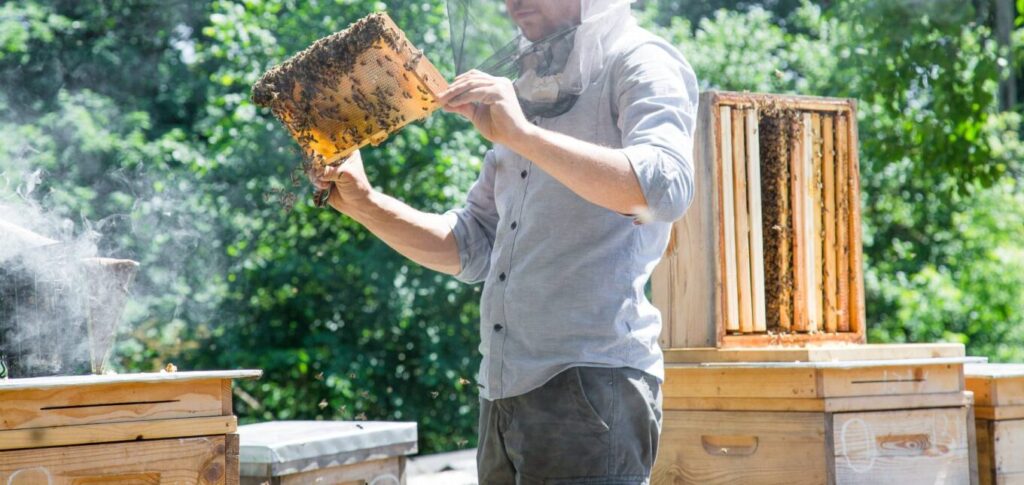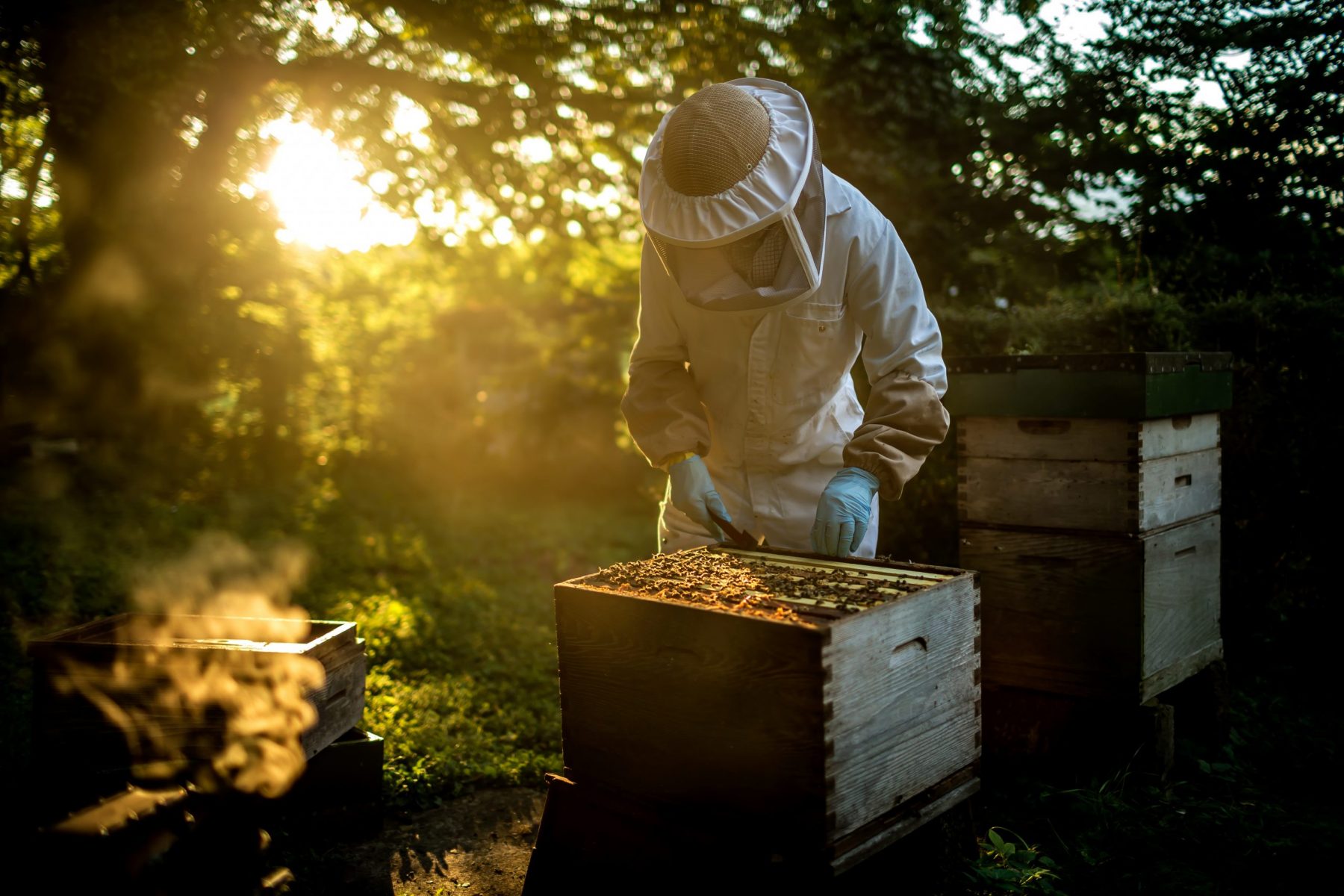Beekeeping is one of the most rewarding skills you can add to your homestead. Not only does it provide you with fresh honey, but it also boosts pollination for your crops and supports a healthy environment. Whether you’re working with a few acres or a large farm, learning how to care for bees can be both enjoyable and profitable.
Why Beekeeping Is Perfect for Homesteads

Beekeeping blends perfectly into a self-sufficient lifestyle. Bees require relatively little space, and their benefits extend far beyond honey production. They help pollinate fruits, vegetables, and flowers, leading to better harvests. Plus, beeswax, propolis, and royal jelly can be used for crafts, natural remedies, or even sold for extra income.
Benefits of Beekeeping
- Increases crop yields through better pollination
- Produces raw, unprocessed honey rich in nutrients
- Provides beeswax for candles, cosmetics, and salves
- Supports declining bee populations and biodiversity
Choosing the Right Location for Your Beehives
Selecting a proper location is key to healthy, productive colonies.
Sunlight and Shelter
Bees thrive when their hives get morning sunlight to encourage early foraging. Place them where they’re sheltered from strong winds but still well-ventilated.
Accessibility and Safety
The location should be easy for you to access but not too close to high-traffic areas where people or animals might disturb the bees.
Getting the Right Equipment
Before bringing bees to your homestead, make sure you have the essential beekeeping gear.
Basic Beekeeping Tools
- Beehive boxes (Langstroth hives are the most common)
- Protective gear (bee suit, gloves, and veil)
- Hive tool for maintenance
- Smoker to calm bees during inspections
Optional Helpful Tools
- Frame grips for easier handling
- Honey extractor for harvesting without damaging comb
Choosing Your First Bees
You can start a colony in several ways, depending on your budget and experience level.
Buying a Package of Bees
This is the most common choice for beginners. A package usually includes a queen and several thousand worker bees.
Starting with a Nucleus Colony (Nuc)
A nuc contains a queen, workers, and already-built comb, making it easier to establish a hive quickly.
Maintaining Your Beehives
Regular inspections are essential to ensure your bees are healthy and productive.
Seasonal Maintenance Tips
- Spring: Check for queen activity and colony strength
- Summer: Ensure adequate ventilation and watch for swarming
- Fall: Prepare hives for winter and reduce entrances
- Winter: Monitor food stores and protect from moisture
Common Beekeeping Challenges
Every beekeeper faces obstacles, but preparation can make a big difference.
Pest and Disease Control
Varroa mites, wax moths, and foulbrood are common threats. Regular inspections and preventive treatments are essential.
Preventing Swarming
Provide enough space in the hive and split colonies if they grow too large.
Harvesting Your Honey
Once your bees have capped the honeycomb, you can harvest without harming the hive. Use an extractor for efficiency, and always leave enough honey for the bees to survive through winter.
Selling Honey and Bee Products
Beekeeping can be a source of extra income. You can sell:
- Raw honey
- Beeswax candles
- Skincare products made from beeswax and propolis
FAQs
1. How much space do I need for beekeeping?
A single hive only needs a few square feet, but you should leave room for maintenance and expansion.
2. How much does it cost to start beekeeping?
Beginner setups typically cost between $200 and $500, depending on equipment and bees.
3. Can I keep bees in a suburban or urban homestead?
Yes, as long as local laws allow it and you ensure proper hive placement for safety.
4. How often should I check my hives?
During the active season, check your hives every 7–10 days to monitor health and production.
5. Is beekeeping safe for beginners?
Yes, with proper protective gear and handling techniques, beekeeping is safe and rewarding.





